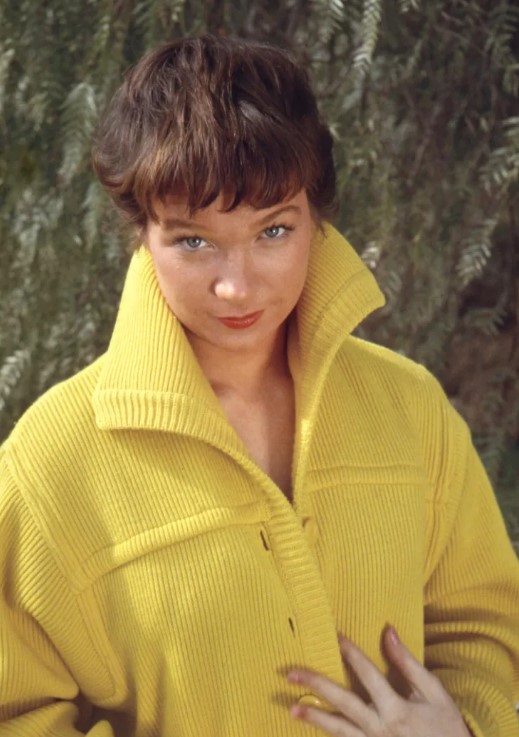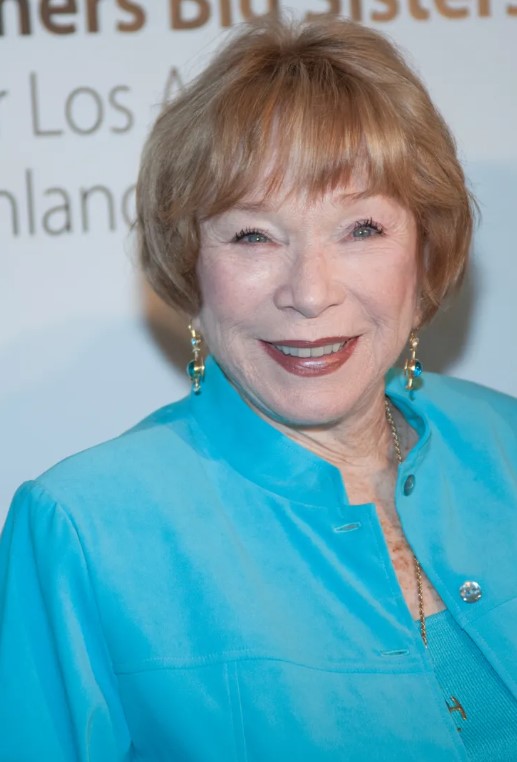A legendary film icon of the 1960s, Shirley MacLaine, now at the age of 90, continues to be celebrated for her remarkable career in Hollywood. Her iconic journey started in 1955 with “The Trouble with Harry” and continued through unforgettable performances in films like The Apartment, Irma la Douce, and Terms of Endearment. Despite stepping back from the limelight in recent years, MacLaine remains active in the industry, expressing her dedication to acting and the joy she finds in learning through every role she takes on.

Shirley’s personal life, however, has been marked by its own complexities. She was married to film producer Steve Parker for 28 years, but their relationship ultimately ended in 1982. The couple had one child, daughter Sachi Parker, who spent much of her childhood living with her father in Japan. While MacLaine pursued her career in America, her marriage remained relatively open, with both partners maintaining a friendship despite the physical distance.

MacLaine’s commitment to her career often took priority over her role as a mother. She believed that dedicating herself fully to her work helped her avoid the frustration she might have felt staying home. This approach, influenced by her own mother’s sacrifice of her ambitions, created a complicated dynamic with her daughter. Sachi, who moved between continents and spent time in boarding school in Europe, has spoken openly about her feelings of loneliness and emotional distance during her upbringing, which she later detailed in her memoir Lucky Me: My Life With — and Without — My Mom.

Shirley MacLaine has never shied away from discussing her unorthodox relationship with her ex-husband, Steve Parker. In fact, she has openly shared that she had romantic relationships with several of her onscreen partners throughout her career. However, there were two of Hollywood’s most iconic leading men who were not involved in this pattern: Jack Lemmon and Jack Nicholson. MacLaine explained that she considered Lemmon a “sister,” and their connection was purely platonic. As for Nicholson, she revealed that his sense of humor made him a constant source of laughter, which, in her view, would have made it impossible for them to have an affair. She humorously added, “I would laugh too much.”
Sachi’s memoir portrays Shirley as a mother who was sometimes distant, and their relationship reflected contrasting views on family life. While Shirley embraced a non-traditional lifestyle, Sachi longed for the stability of a more conventional family. The emotional gaps between them were felt deeply by Sachi, particularly during her teenage years, when she endured holidays alone and felt abandoned by her mother’s erratic affection.


Now, as Shirley MacLaine enjoys a quieter, more contemplative phase of her life, the relationship with her daughter remains complicated but has evolved. Shirley’s focus has shifted towards her work and personal contentment, finding solace in her ranch in New Mexico. Although her romantic life has faded into the background, her cherished dogs and close friends bring her a sense of intimacy and companionship. Meanwhile, Sachi, now a mother herself, reflects on her own experiences raising children, using her past to guide her in creating a better relationship with her family.